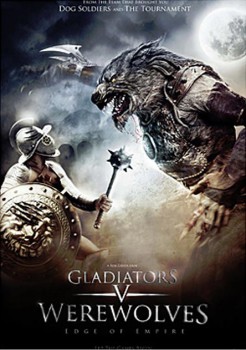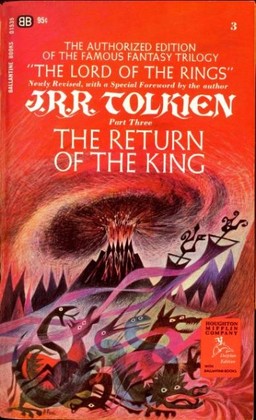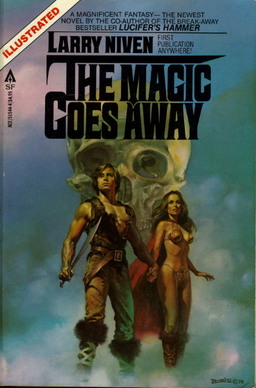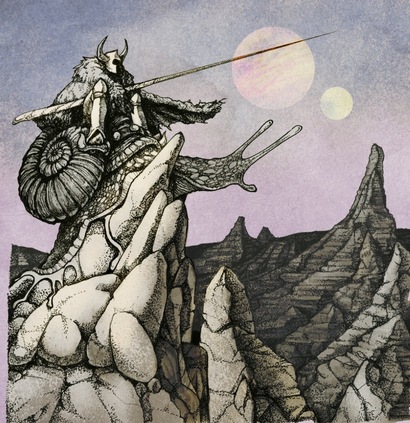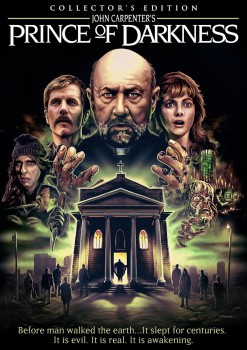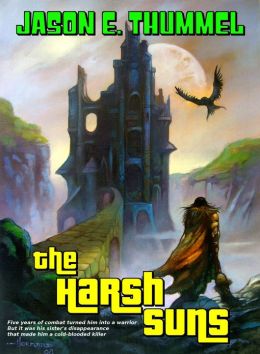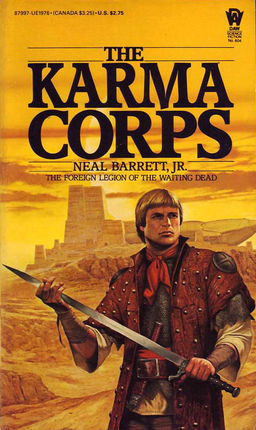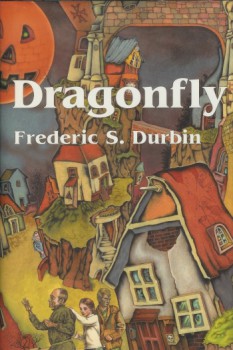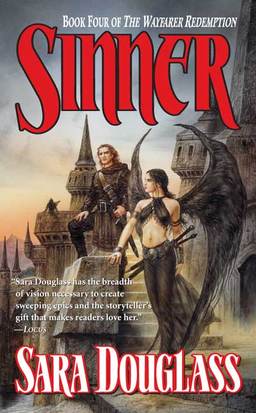Spotlight on Interactive Fiction: Choice of the Dragon

In my first blog post, I wrote about getting hooked on web comics, but I have an older love that vies for my Internet time. I speak of interactive fiction, a type of storytelling in which I’ve indulged from childhood. I am a game writer and I also like to write about games. (Back in 2008, I wrote a long post about games and interactive storytelling for Journey to the Sea; this long interest continues to crop up in my blogging and my hobbies.)
The Internet is the perfect environment in which interactive fiction can thrive, whether it’s through forum games, freestyle shared twitter and blog communities, or games that are a little more structured. Since the user-driven games are hard to judge from outside the community, I’m interested in discussing the latter style. And the perfect place to start for that is with Choice of the Dragon, the first game put out by small game company Choice of Games. (Disclosure: I write for Choice of Games, but I played Choice of the Dragon long before I started working with them.)
Released in 2009, Choice of the Dragon was the first multiple-choice novel game I’d ever played. Reminiscent of a Choose Your Own Adventure novel, the story narrates in second person, allowing you, the reader, to become the main character. In this case, you’re a dragon.
As the story opens, a knight charges you. Do you deal with the predicament by engaging in combat, fleeing the scene, or quickly incinerating the knight with your fiery breath? The story progresses through a number of challenges, including a flashback to your hatchling days, a quest to find a proper mate, and a decision of how to deal with local humans.
